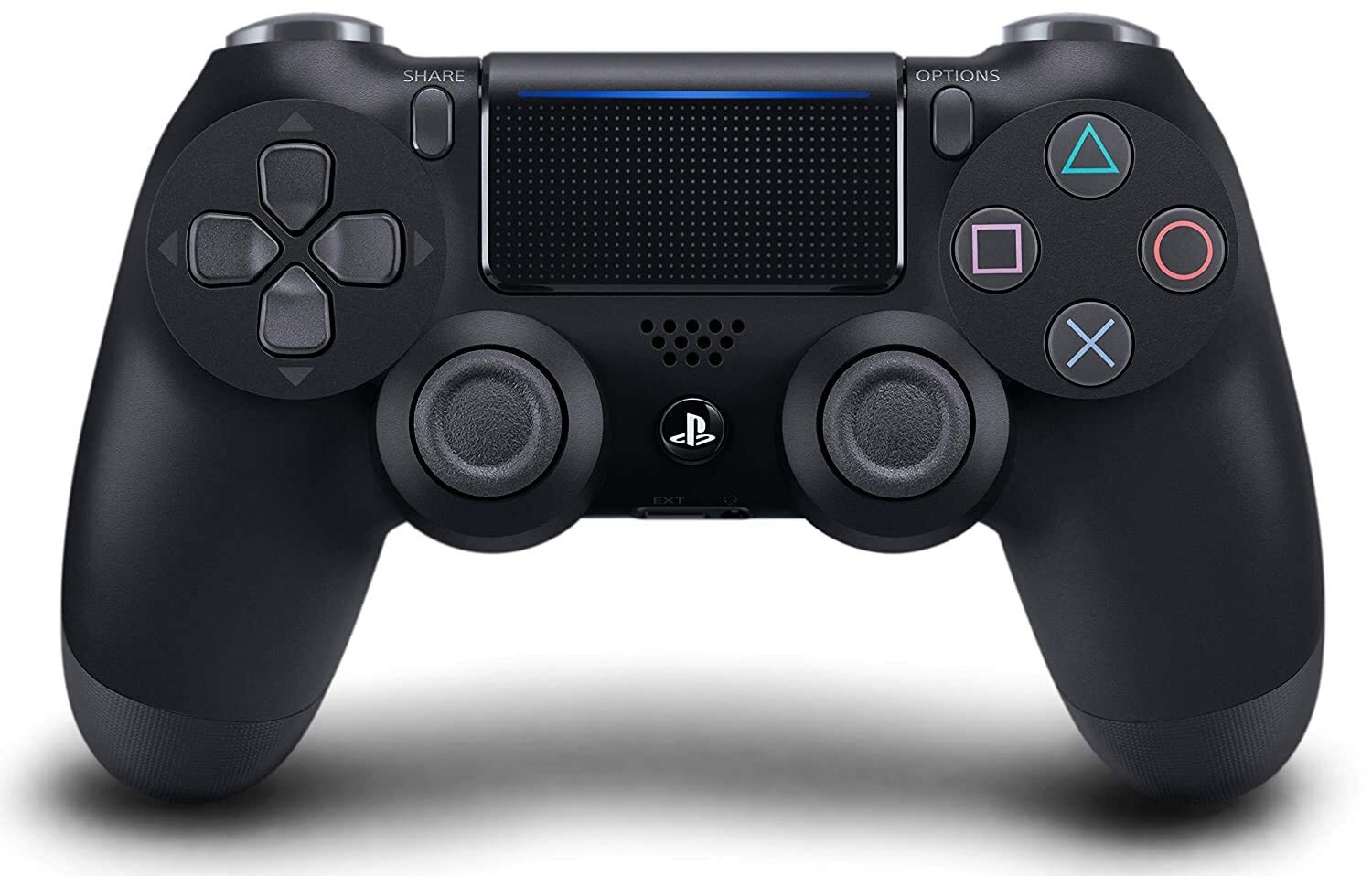One of its standout features is the vibration function, which provides haptic feedback, enhancing gameplay by giving tactile responses to in-game events. This feedback mechanism, common in many modern controllers, helps bridge the gap between the virtual and real worlds, making every explosion, crash or hit feel more immediate and visceral for the player. As technology progresses, integrating such haptic responses plays a crucial role in deepening player immersion and enhancing the overall gaming experience.
How to make a PS4 controller vibrate?
To make a PS4 controller vibrate, connect it to a PS4 and engage in gameplay or activities that trigger its vibration function. Alternatively, when connected to a PC, use third-party software like DS4Windows to activate the controller’s vibration feature manually.

To make a PS4 controller vibrate, you typically need to interact with software supporting the vibration function. For most users, this means playing a game or using an application on the PS4 that has programmed vibration feedback. However, there are a few methods you can employ if you want to test or activate the vibration:
- Via the PS4 Console:
- Some games have a vibration test feature in their settings or options menus. This is especially true for racing or action games.
- Sometimes, during gameplay, certain events like explosions or hits can trigger the vibration function.
- Using a PC and Third-party Software:
- If you have connected your PS4 controller to a PC (via USB or Bluetooth), you can use third-party applications to test or control its features, including vibration.
- One popular tool is DS4Windows. After downloading and installing the software:
- Connect your PS4 controller.
- Open DS4Windows.
- Under the Controllers tab, you should see your PS4 controller listed.
- Right-click on your controller in the list and select “Edit.”
- In the profile editor, there is typically a “Test Heavy/Light Motor” option that allows you to test the vibration function of your controller.
- Programming it Yourself:
- If you’re a developer or just someone interested in coding, you can use libraries like
pygamePython to interface with the PS4 controller and control its vibration feature. - Here’s a basic example using
pygame:
- If you’re a developer or just someone interested in coding, you can use libraries like
import pygame
pygame.init()
# Initialize joystick module
pygame.joystick.init()# Get the first joystick
joystick = pygame.joystick.Joystick(0)
joystick.init()try:
while True:
# Set the vibration motors
# The arguments are the intensity for the left and right motors (range from 0.0 to 1.0)
joystick.set_rumble(1.0, 1.0, 1000) # The third argument is the duration in millisecondspygame.time.wait(2000) # Wait for 2 seconds
joystick.set_rumble(0, 0, 0) # Stop the vibrationpygame.time.wait(2000) # Wait for 2 seconds before repeating
except KeyboardInterrupt:
joystick.quit()
pygame.quit()
Conclusion
Making a PS4 controller vibrate typically requires interaction with software that supports this function, whether through gameplay on the PS4 or specific applications on a PC. Third-party tools like DS4Windows can manually trigger the vibration feature when connected to a computer. Regardless of the method, always ensure software sources are trusted. Direct in-game experiences or built-in settings menus remain the most common avenues for natural vibration feedback.
I advise using Python to make PS4 vibrate and make programming tasks for yourself to improve your skills!
- How To Use Full Edit Mode in the Sims 4? - June 26, 2024
- Pokémon Scarlet and Violet Mystery Gift Codes Free in 2024. - December 6, 2023
- Do People Still Play Destiny 2? - October 2, 2023
